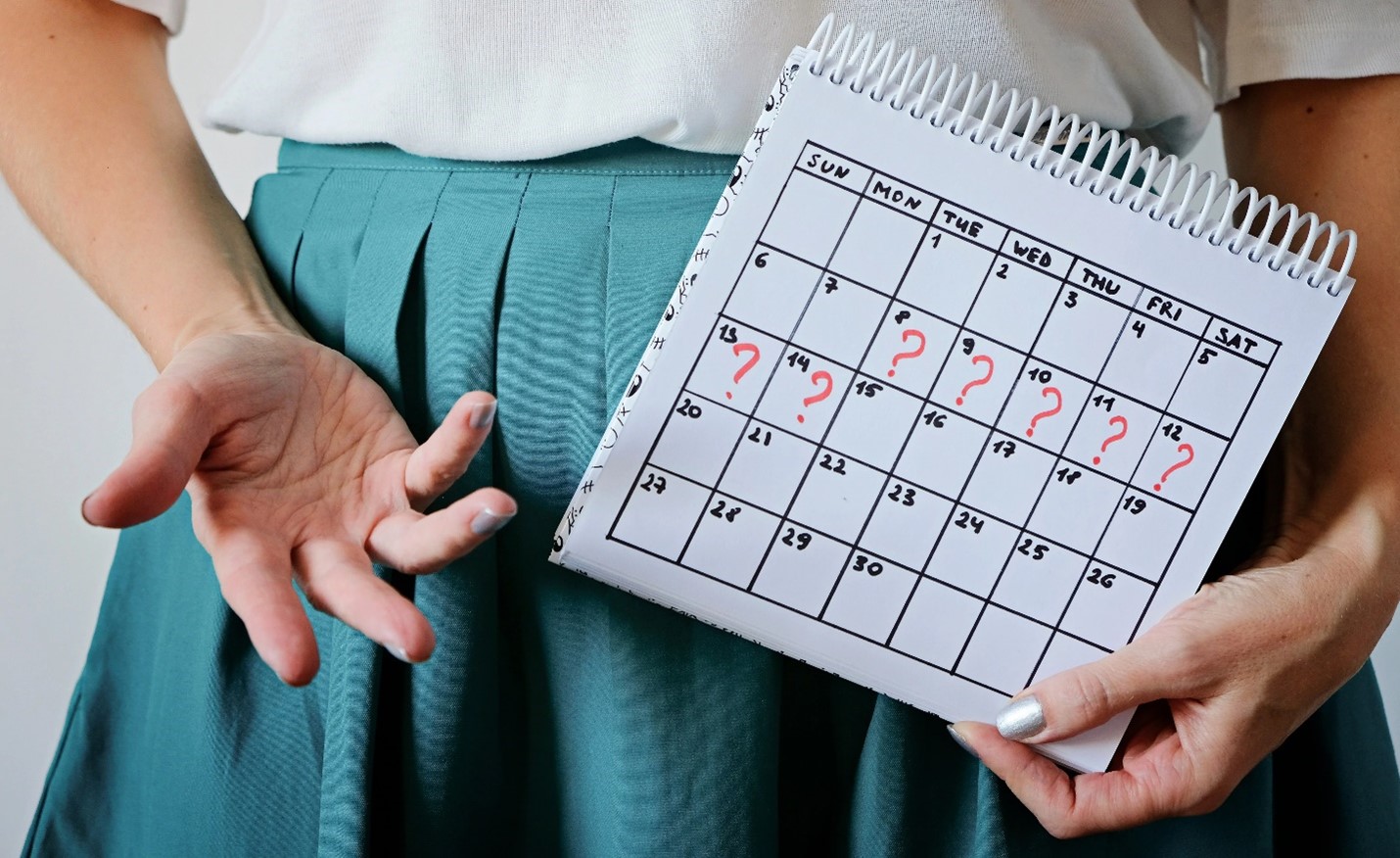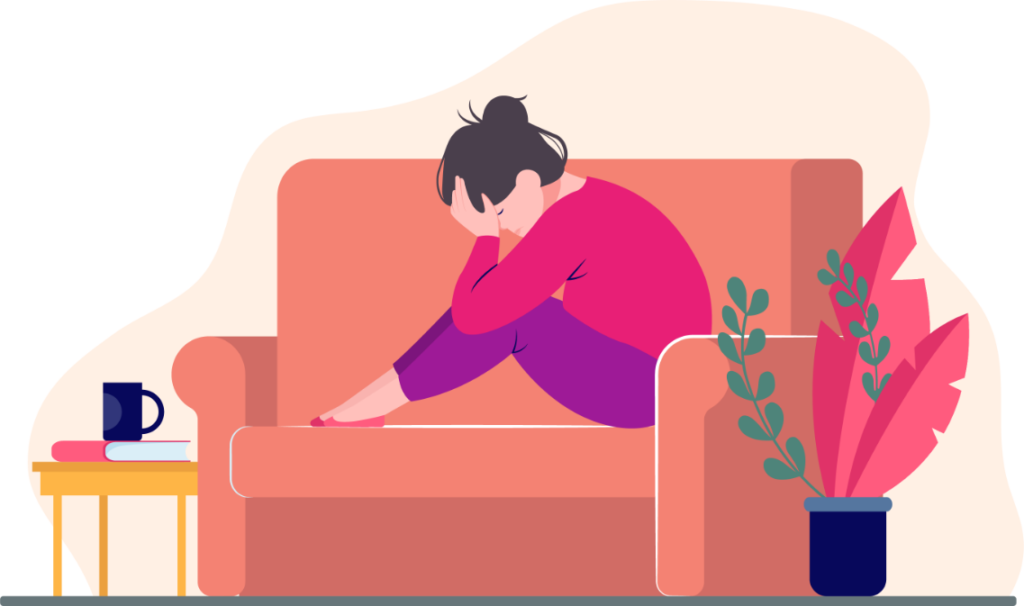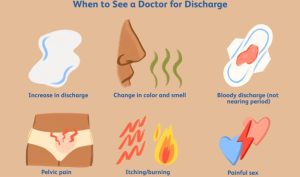There’s nothing like the peace of mind that comes with knowing everything is okay. So, if you’re experiencing spotting between periods, you may be wondering if everything is normal or not.
First of all, it’s important to understand that menstrual cycles have a lot of variation. So, what may be normal for one woman may not be normal for another, hence we all should embrace womanhood to its entirety.
However, there are some general things to look out for when it comes to spotting between periods. Keep reading to get more information!
What Is Spotting?
Spotting is defined as light vaginal bleeding that occurs outside of your normal menstrual cycle. Spotting between periods can be caused by a variety of things, ranging from ovulation to pregnancy to birth control.
If you’re on birth control, spotting between periods is actually quite common. In fact, it’s one of the most common side effects of birth control pills. Birth control pills contain synthetic hormones that can cause changes in your natural hormone levels. These changes can lead to light bleeding or spotting between periods.
Spotting between periods is usually nothing to worry about. However, if the spotting is accompanied by other symptoms, such as cramping or abdominal pain, it could be a sign of something more serious.

What is Spotting Between the Menstrual Cycle?
You’re probably wondering, what is spotting between periods?
Spotting is a term used to describe when you see light bleeding or discharge on your underwear during the middle of your menstrual cycle.
It’s important to note that not all spots are cause for concern. In fact, it’s often normal to experience some spotting at various points throughout your cycle.
However, if you’re experiencing spotting consistently and it’s not associated with your usual period symptoms, then it’s definitely worth seeking medical attention.
Though, there are some general things to look out for when it comes to spotting between your menstrual cycle. If you experience any of the following, it’s a good idea to speak with your doctor:
- Spotting that occurs more than once a month
- Pain or bleeding during intercourse
- Pain in the pelvic region
- Frequent headaches or migraines
- Excessive fatigue
Signs and Symptoms to Look Out For
So, you’re experiencing some spotting between periods—should you be concerned?
There are a few signs and symptoms to look out for, if you’re unsure, it’s best to talk to your doctor. Some of the most common symptoms include:
- Spotting that occurs more than 7 days after your period
- Spotting that is heavier or lasts longer than usual
- Spotting accompanied by pain or cramps
- Spotting that occurs after unprotected sex
If you experience any of these symptoms, it’s best to get them checked out as soon as possible. Spotting can be a sign of a number of different things, including infection, hormonal imbalance, or even cancer, so it’s better to be safe than sorry.
Plus, to stay comfortable during your menstrual cycle, choose the most comfortable sanitary pads.
What are the Causes of Spotting Between Periods?
There are several possible causes of spotting between periods. Here are some of the most common:
Hormonal Imbalance: This is the most common cause of spotting between periods. When your hormones are out of balance, it can cause your periods to be irregular, and you may have spotting between periods.
Pregnancy: Spotting between periods can be an early sign of pregnancy. If you miss a period and have spotting, you should take a pregnancy test as soon as possible.
Birth Control Pills: If you are taking birth control pills, you may have spotting between periods. This is because the hormones in birth control pills can cause your periods to be irregular.
Stress: Stress can cause your periods to be irregular, and you may have spotting between periods.
Other causes of bleeding between periods may include:
- Endometriosis
- Polyps(growths) in your uterus or cervix
- Inflammation of your cervix
- Abnormalities in the cervix or uterus
- Fibroids
- An ectopic pregnancyor the start of a miscarriage
- Cancer
When You Should See a Doctor?
If you’re experiencing spotting between periods, it’s important to have it evaluated by your doctor. You should especially see a doctor if the spotting is accompanied by other symptoms such as abdominal pain, heavy bleeding, and extreme fatigue. These could be signs of a more serious underlying condition like Endometriosis or Polycystic Ovarian Syndrome (PCOS).
Your doctor may order a pelvic exam, ultrasound, or lab test to determine the cause of your spotting. Depending on the results of these tests, they may suggest a treatment plan that may include hormone therapy, surgery, or lifestyle modifications like diet changes and exercise.
However, it’s important to remember that many causes of spotting between periods are not serious and can be easily remedied with lifestyle changes or hormone treatments. But if you have any concerns at all about your health or the spotting you’re experiencing, it’s best to consult with your doctor for further evaluation and advice.
How Can You Manage Spotting Between Your Menstrual Cycle?
If you’re experiencing spotting between your periods, there are a few steps you can take to manage it apart from choosing the right embrace sanitary pads. Firstly, it’s important to track your spotting and monitor any changes in frequency or consistency. Keeping a log of when it occurs will help you identify any potential triggers and get an overall understanding of what’s going on with your body.
In addition, maintaining a healthy lifestyle is key to managing spotting between periods. Eating a balanced diet, exercising regularly, avoiding stress, and getting enough sleep are all beneficial for regulating your hormones and can help reduce the occurrence of spotty bleeding.
Finally, if you want to take extra care of yourself, making use of products such as embrace womanhood pads or tampons will help to absorb any excess blood and provide a layer of protection against staining on your clothing.
All in all, if you’re experiencing spotting between your periods, should you be concerned? The answer is: it depends.
There are a few things to keep in mind when it comes to spotting, including the following:
- The color of spotting
- The amount of spotting
- When spotting occurs in your menstrual cycle
If you’re experiencing any sort of concerning symptoms, such as pain or heavy bleeding, then it’s best to consult with your doctor to get to the bottom of the issue.
However, for most women, spotting is generally nothing to worry about and is simply a sign that their hormones are fluctuating.







